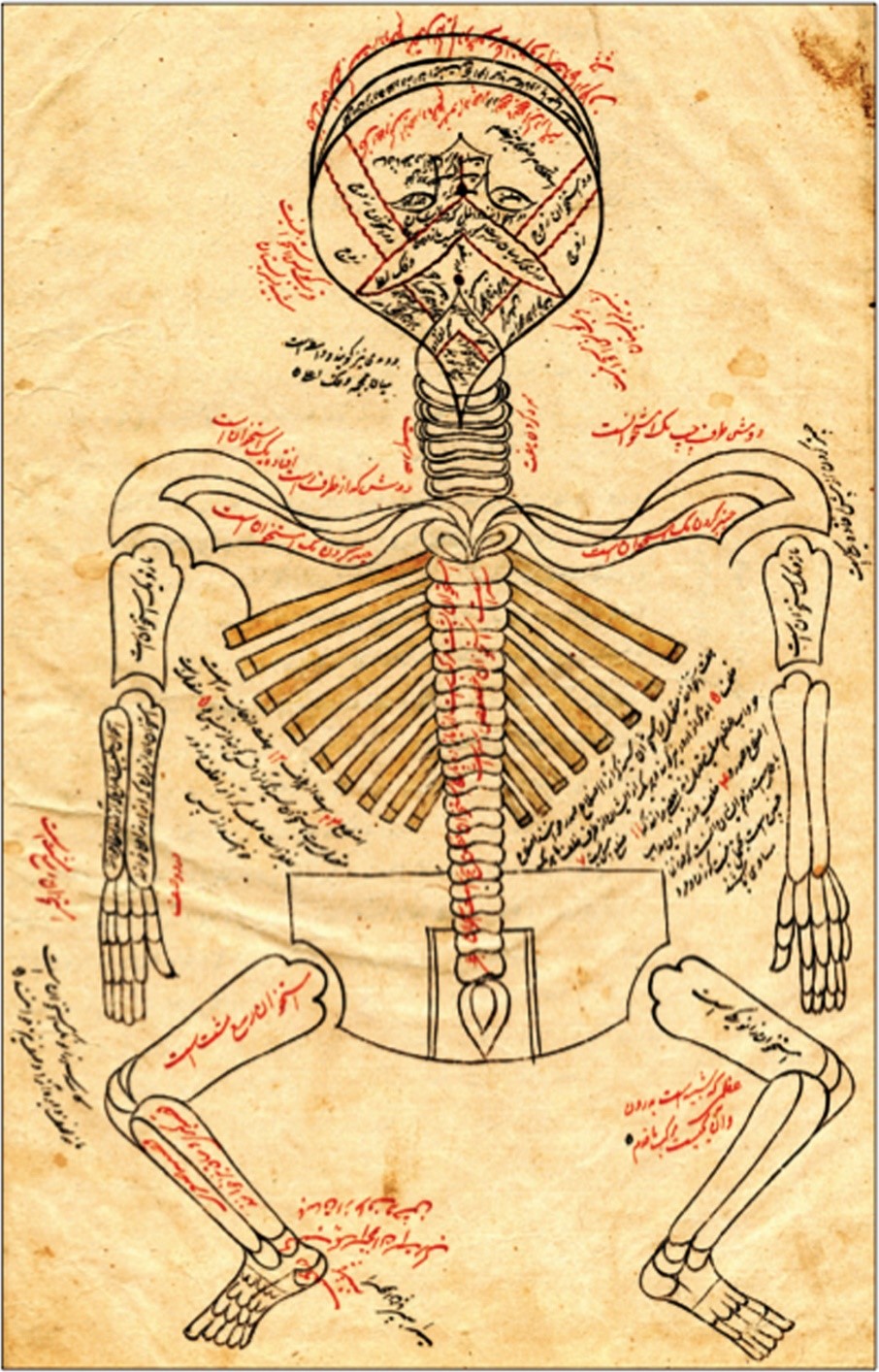Ad orientem lux – ex oriente lux? East-western transfer of medical skills, knowledge and attitudes since classical antique since antiquity
This research project is dedicated to multiple processes of intellectual transfer between Europe and the Islamic world in the medical field, starting with a critical analysis of imaginary boundaries between the “Western” and the “Eastern” cultural spheres. Contrary to the notion of fundamental differences between Europe and the Islamic world, both Western and so-called Arab-Islamic medicine have common roots in eastern Mediterranean traditions of health care and illness perception. These traditions were based on the careful and veritable observation of nature including the nature of the human body, evolving in the Greek-speaking world from the 6th and 5th centuries B.C. onward as is, for example, expressed by the Hippocratic Collection (5th/4th c.) and the later writings by Galen of Pergamon (2nd/ 3rd c. A.D.).
Traditions of a specific Greco-Islamic medicine developed from the 9th century onward, fostered by the transfer of ancient Greek knowledge and its Syrian translation in western Asia. This so-called “Arabic medicine” was for the most part transmitted by the Arabic language, but mainly shaped by numerous Syrian, Iranian, Christian, Jewish, and Indian scholars and doctors. Therefore, and due to its ancient foundation, this kind of medicine should better be called “Greco-Islamic medicine”. Starting in the 11th century, the most important works of Greco-Islamic medicine were translated from Arabic into Latin, enabling the transfer of medical knowledge to Western Europe. Later, the renaissance movement of the 14th to 16th centuries emphasized the original Greek and Latin texts as prevalent sources of medical wisdom. Greco-Islamic medicine and the emerging branch of Western medicine were increasingly conceived as separate systems which were presumably stemming from different roots. At the same time, however, complex processes of mutual exchange in medical ideas, skills and innovations took place between places like Venice, Toledo, Salerno and Antioch. The invention of moveable-type printing lead to the rapid spread of “classic” works of Greco-Islamic medicine in the West and in the East, This applied, for example, to 9th to 11th centuries’ works written by Avicenna, Rhazes und Haly Abbas which were distributed in languages like Arabic, Hebrew and Latin, alike.
In the course of the 16th to the 19th centuries, Western medicine slowly achieved a foundation that was increasingly based on natural sciences. Therefore, the contrast between “European” and “Eastern” medicine became even more evident. In the 18th century, reformist movements in Egypt and Persia were eager to modernize their societies including the health care sector. Thus, in the 19th century, Western medicine with its increasingly scientifically based theories and methods was exported to the East, confronting the Islamic world with an allegedly foreign medical system. But, as a matter of fact, both the Western and the Islamic health systems are based on the same roots in classical Greek medicine – a fact which proponents of a traditional Islamic medicine’s revival in India, Pakistan or Iran are well aware of as is, for example, indicated by the designation tibb-i yunani (Unani/ Ionian medicine) for the Greco-Islamic medical tradition in the South Asian subcontinent.

